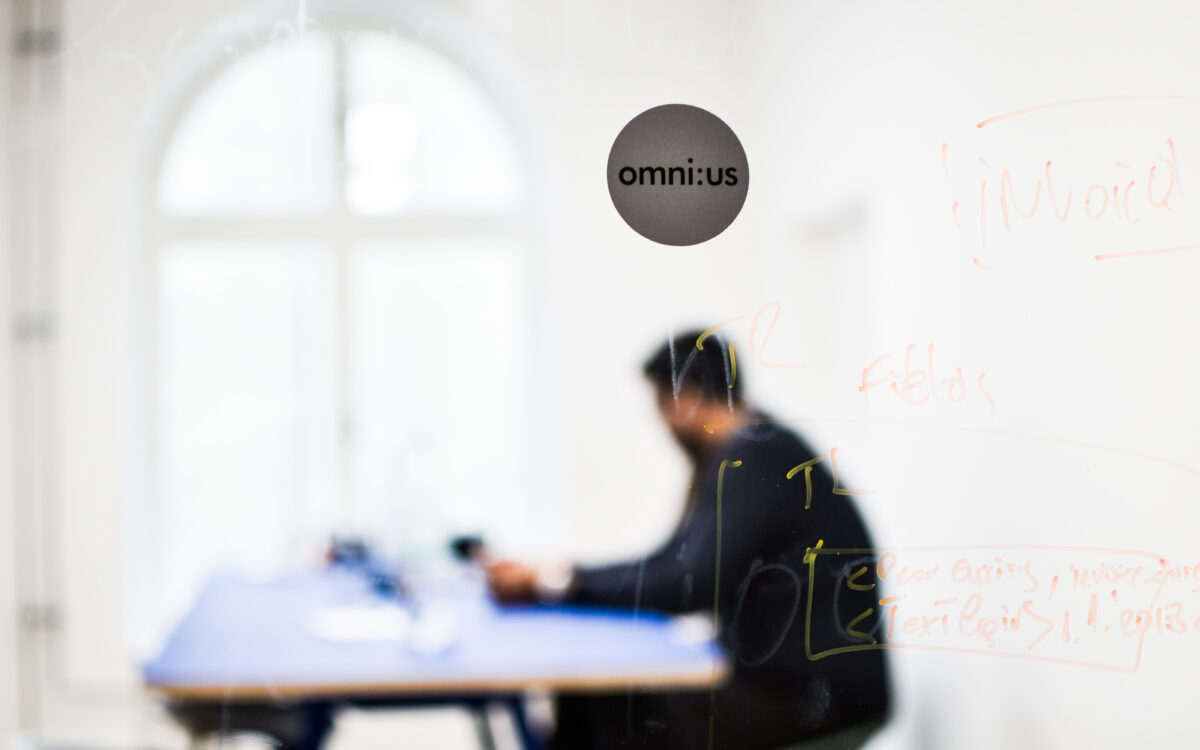Property/casualty insurers were on the path to increasing automation in the FNOL (first notice of loss) process long before 2020 and COVID-19. Mobile apps and web portals for agents and policyholders were becoming more common, although the actual usage on the mobile app side was low. Then, the rapid shift to work-from-home and the economic lockdowns in the Spring of 2020 significantly altered insurers’ digital project priorities. FNOL was among the projects that rose to the top of the priority list.
Fast forward a year, and a much higher percentage of initial loss reports are coming in digitally. This has been great for insurers as well as policyholders; however, it is just the beginning of the potential for FNOL automation. The key to the new potential lies in the unstructured data that accompanies the reporting of claims coupled with the new AI-based solutions to automate data extraction and drive new insights and actions. This is true for all types of claims. But it is especially important for the more complex claims.
Automation at the front end provides value along several fronts:
- First, automating the intake of unstructured data improves efficiencies. Rather than employing people to review documents and type information into systems, the extraction, identification, and routing of information can be automated via natural language processing technologies (NLP). The dramatic improvements in accuracy that have occurred in the past few years can result in strong ROI and significant efficiency improvements.
- Second, automation speeds up the processes, which tends to have a very positive impact on outcomes, including claimant satisfaction and claims payment amounts. And, not only is customer experience improved, but the carrier staff can also reap the benefits of needing less time for mundane tasks and having more time to focus on the important and complex aspects of the claim.
- Third, automating the capture and extraction of information related to the FNOL enables carriers to increase straight-thru-processing rates for claims. Many simple claims can be managed without adjuster involvement. Others may not be completely no-touch, but they can move faster along the automated parts of the processing lifecycle. For example, digitizing the information and leveraging machine learning can automate triage, assignment, and coverage checks – processes that slow down claims handling when manual reviews are required.
These are all very powerful ways that automating FNOL and applying AI technologies can deliver value today. But perhaps the most exciting aspect of the progress is that it sets the stage for even more valuable insights for the rest of the claims lifecycle. Having more digital data earlier in the lifecycle enables carriers to further apply AI for claims functions that have a large impact on financial results. The following areas will benefit greatly from FNOL automation and the digitization and analysis of unstructured data:
- Fraud: With an estimated 10% of the premium dollar still being lost to fraud, the identification and investigation of fraudulent claims is the top area of technology investment for claims. SMA research shows that both personal and commercial lines carriers rank this as the number one area where AI can deliver high value for claims.
- Reserving: Predictive reserving is another high-focus area for P&C carriers. Half of all carriers state that there is significant potential to leverage AI-based models to gain earlier insights into reserve estimates.
- Litigation: The earlier that a carrier can determine a claim is likely to be litigated, the earlier they can spring into action with proactive measures that may either prevent litigation or better position the company if a claim is represented and/or goes to trial.
- Subrogation: Spotting subrogation potential enables subro specialists to be engaged early in seeking remuneration from liable parties, which can increase recoveries and improve the overall performance of the claim unit.
- Salvage: Identifying a vehicle as a total loss or items deemed beyond repair from a fire early in the process saves adjuster time and improves outcomes.
There continues to be expanding potential for automating FNOL, whether a claim is for auto, property, casualty or some combination of those three. The benefits at the front end of the process are substantial. Many carriers are still in earlier stages of truly capitalizing on fully automated FNOL tied with AI, but as more loss-related data flows in and is digitized and analyzed, carriers will be able to derive major benefits from AI solutions across the entire claims lifecycle. This creates a win-win-win scenario for claimants, carriers, and adjusters.
_____
About the Author
Mark Breading, SMA Partner, is a recognized expert in advanced technologies and their implications for the insurance industry. He has exceptional knowledge of digital strategies, InsurTech, transformational technologies, and distribution in insurance. Contact Mark at [email protected] or 1.614.562.8310. Follow Mark at @BreadingSMA on Twitter.

